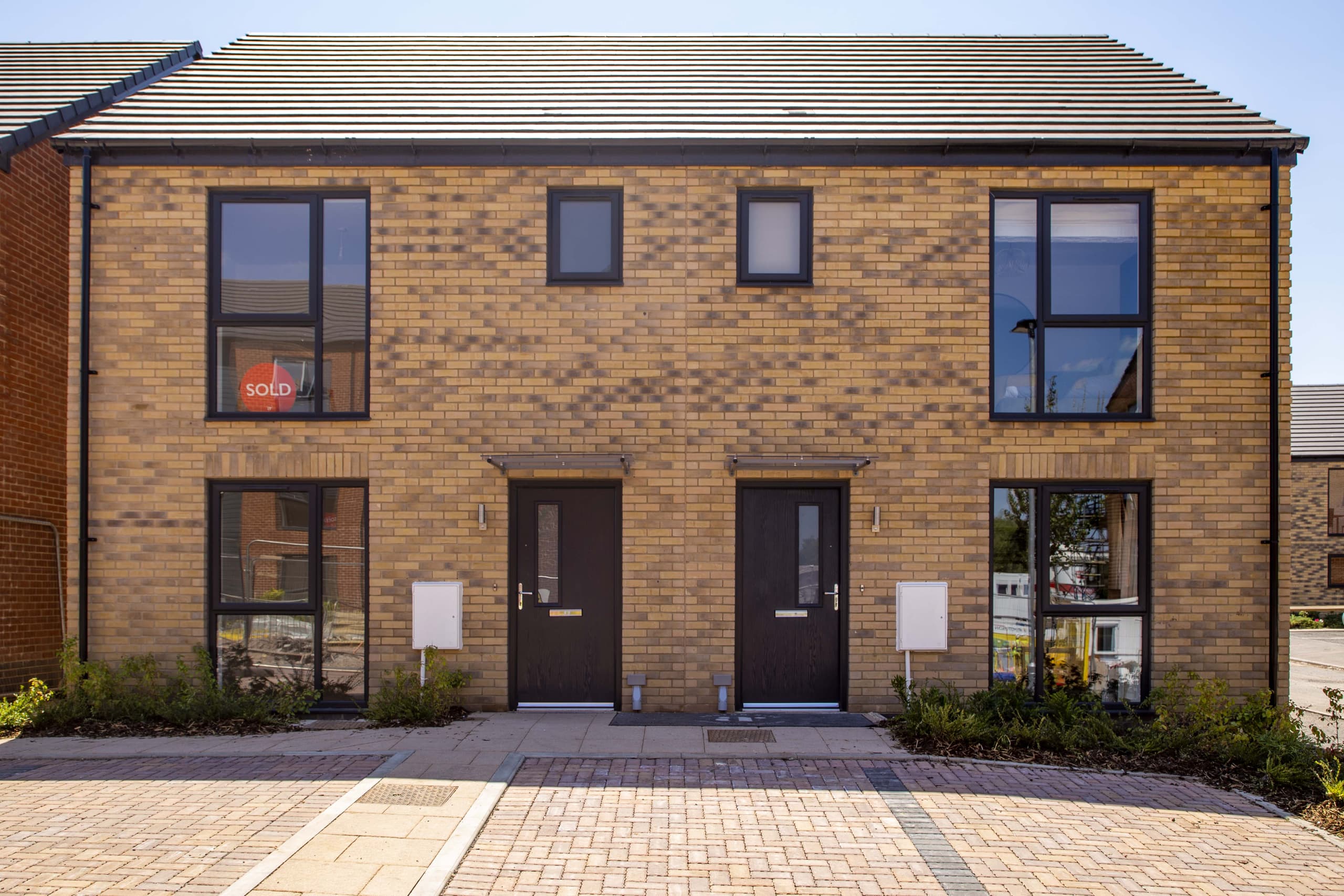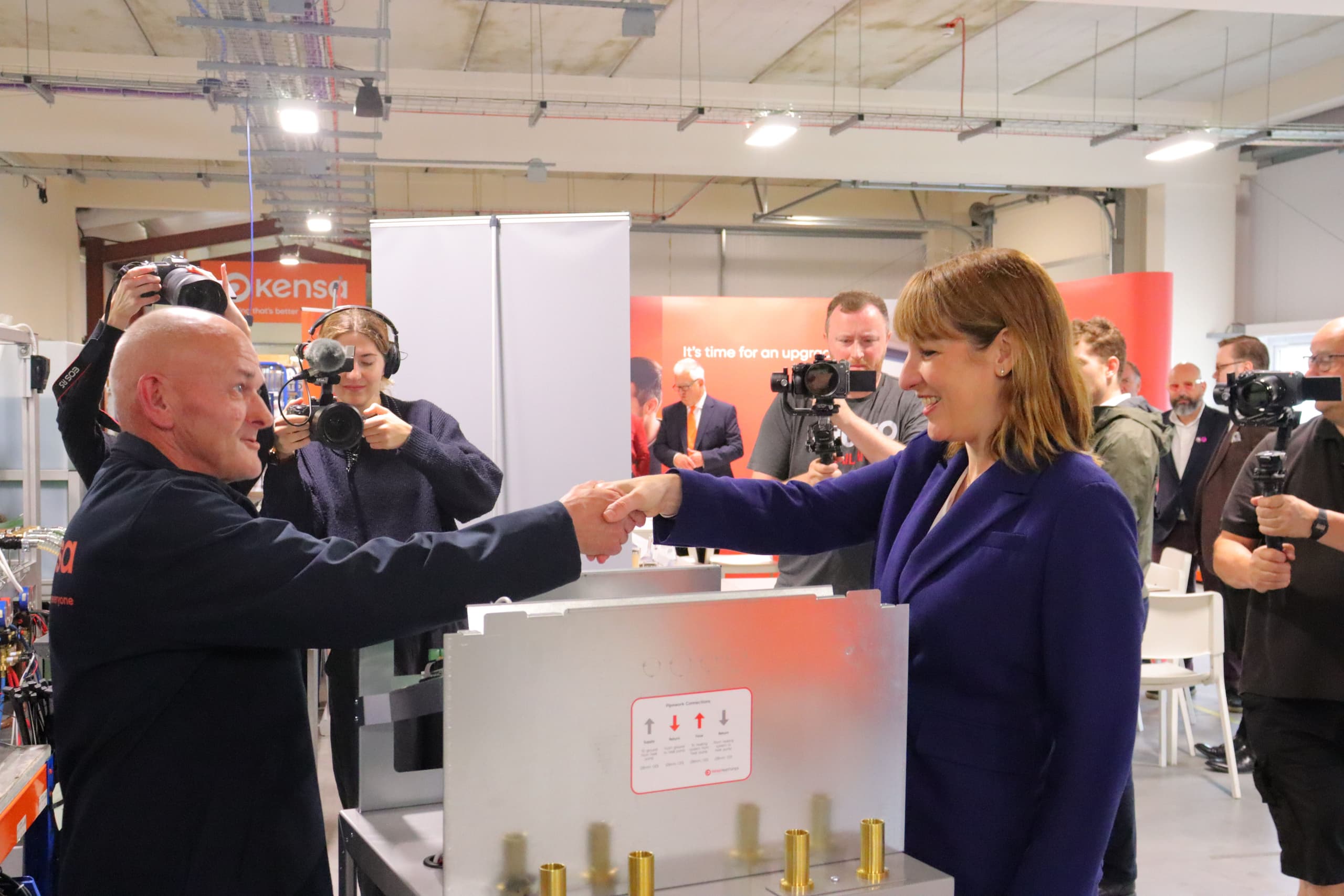Future Homes Standard Consultation: Kensa Welcomes Government Response
- Housing Developments
- 2 min read
The response, published 19th January 2021, states that from 2025, no new homes will be built with fossil fuel heating, such as a natural gas boiler.
Heat pumps as default heating choice in new-builds
The consultation response makes clear that Government sees heat pumps as the main low-carbon solution for new build dwellings under the Future Homes Standard. On that note, it significantly states that ‘low-carbon heating system will be integral to the specification of the Future Homes Standard and we anticipate that heat pumps will become the primary heating technology for new homes.’
Commenting on the response, Kensa's Simon Lomax said:
Although we would always ask the Government to be prompter and more ambitious, we generally support the response which makes clear that heat pumps are expected to become the default heating choice at new-build dwellings from 2025.
We also welcome the continued opportunity for local authorities to specify planning conditions which mandate energy efficiency upgrades which are more demanding than mere compliance with the emerging regulations.
Based in Cornwall, Kensa has developed some unique solutions for the residential new-build sector. This includes the small-but-mighty Kensa  ShoeboxProductShoebox ground source heat pump which can be paired with a traditional cylinder or a heat battery.
ShoeboxProductShoebox ground source heat pump which can be paired with a traditional cylinder or a heat battery.
In most cases, the Shoebox is served by a Shared Ground Loop Array – Kensa’s low-carbon alternative to traditional district heating. The network eliminates issues that may arise with traditional heat networks, such as expensive heat losses or overheating in riders and corridors.
Simon continues:
A ground source heat pump provides the lowest carbon solution as the technology is far more efficient than an air source heat pump, particularly on the coldest days. The achilles heel has always been the added cost of the array. Thankfully, we can now remove that cost from the housebuilder as there are many entities who will fund the underground architecture in return for a standing charge paid by the householder. A ground source heat pump now costs no more than an air source heat pump.
The technology has been installed at a new-build development in Bristol to help the city achieve its carbon-neutral pledge.  Bristol City Council: Ashton RiseCase Study133 homes at Ashton Rise are being heated by individual Kensa ground source heat pumps connected to a Shared Ground Loop Array of boreholes. The installation will see each home making lifetime carbon savings of 30 tonnes compared to individual gas boilers, whilst also protecting local air quality from the harmful NOx emissions associated with fossil fuel heating systems.
Bristol City Council: Ashton RiseCase Study133 homes at Ashton Rise are being heated by individual Kensa ground source heat pumps connected to a Shared Ground Loop Array of boreholes. The installation will see each home making lifetime carbon savings of 30 tonnes compared to individual gas boilers, whilst also protecting local air quality from the harmful NOx emissions associated with fossil fuel heating systems.


